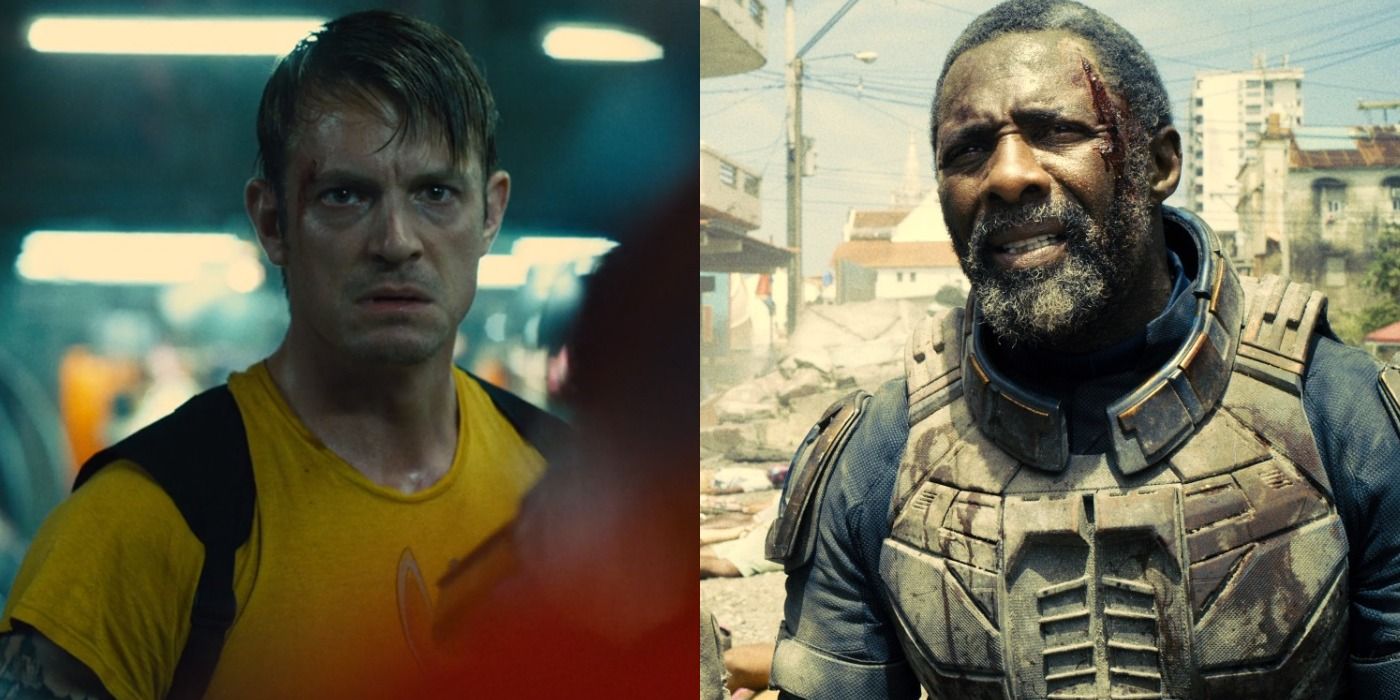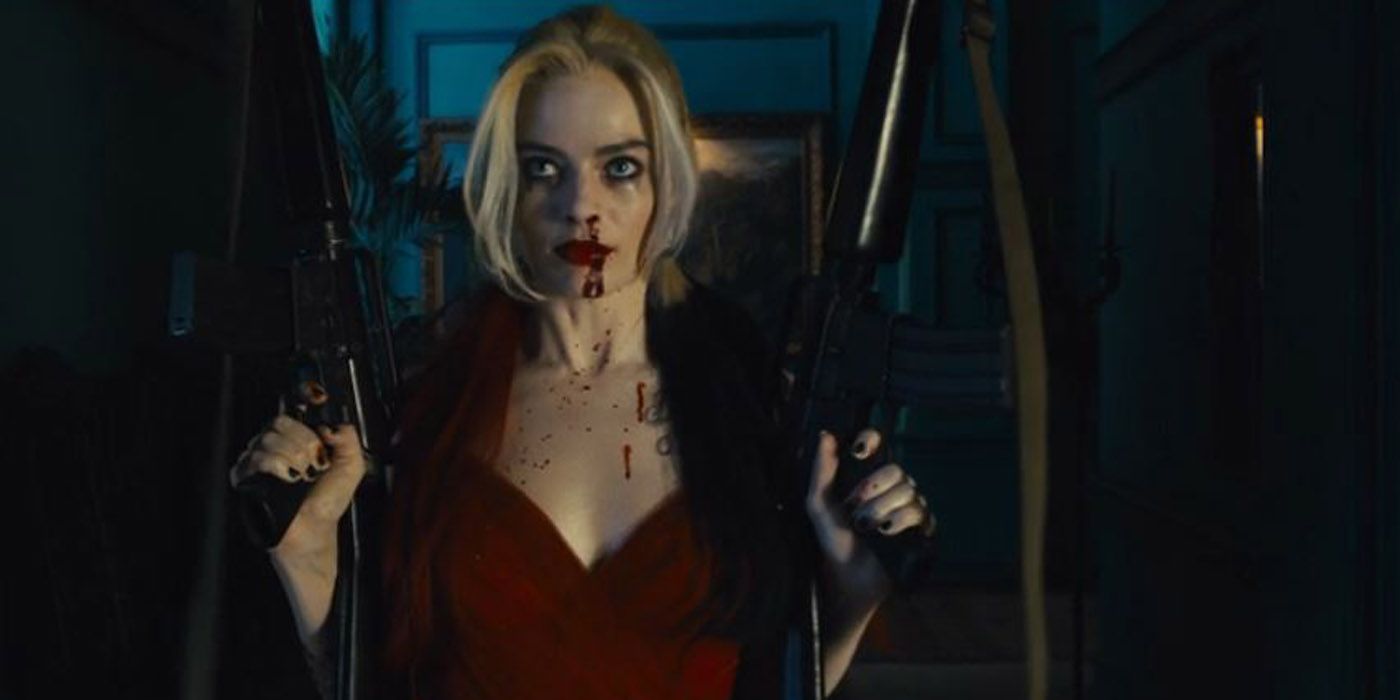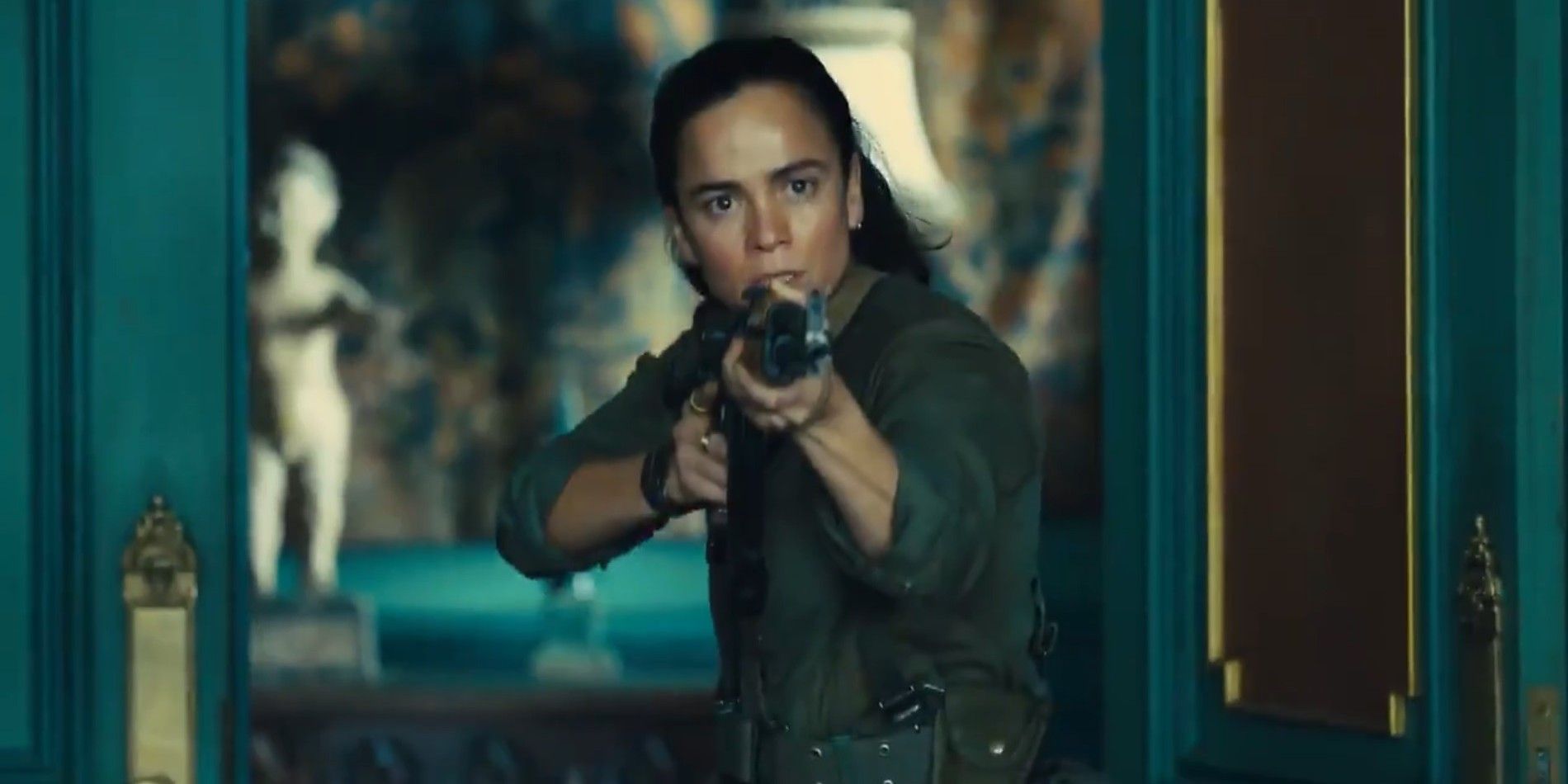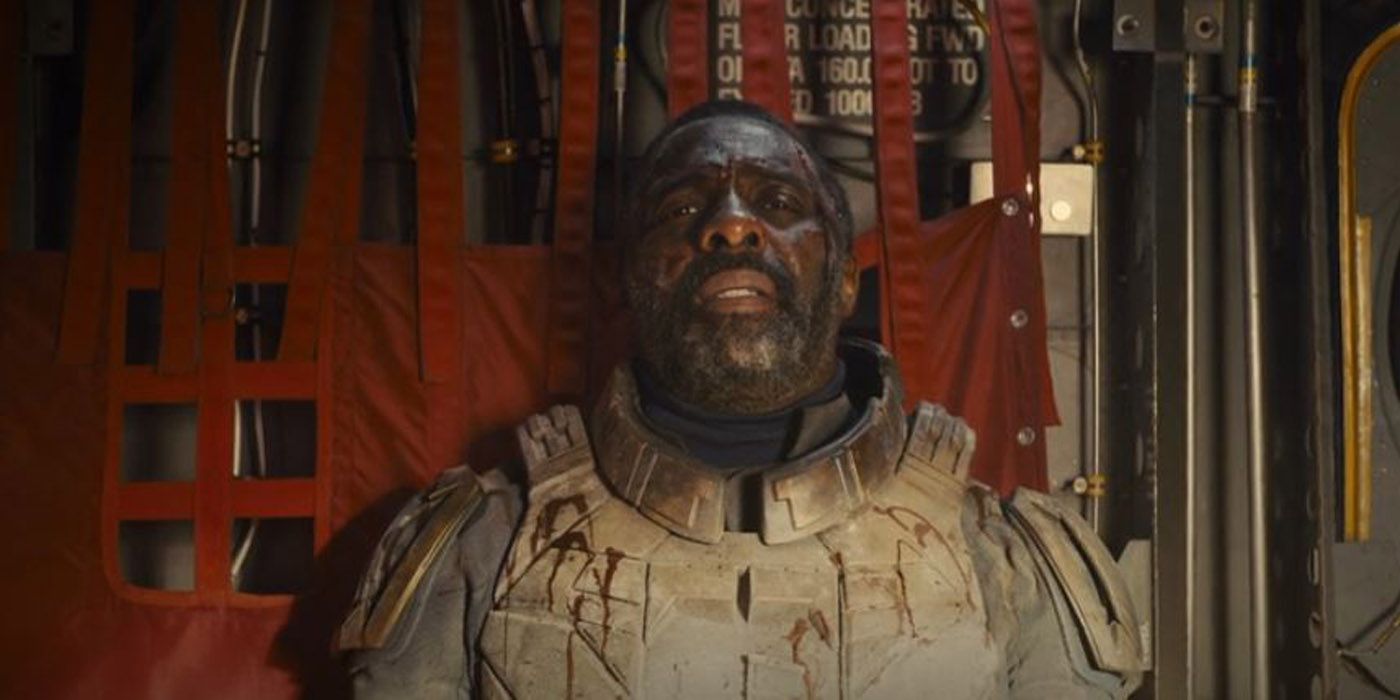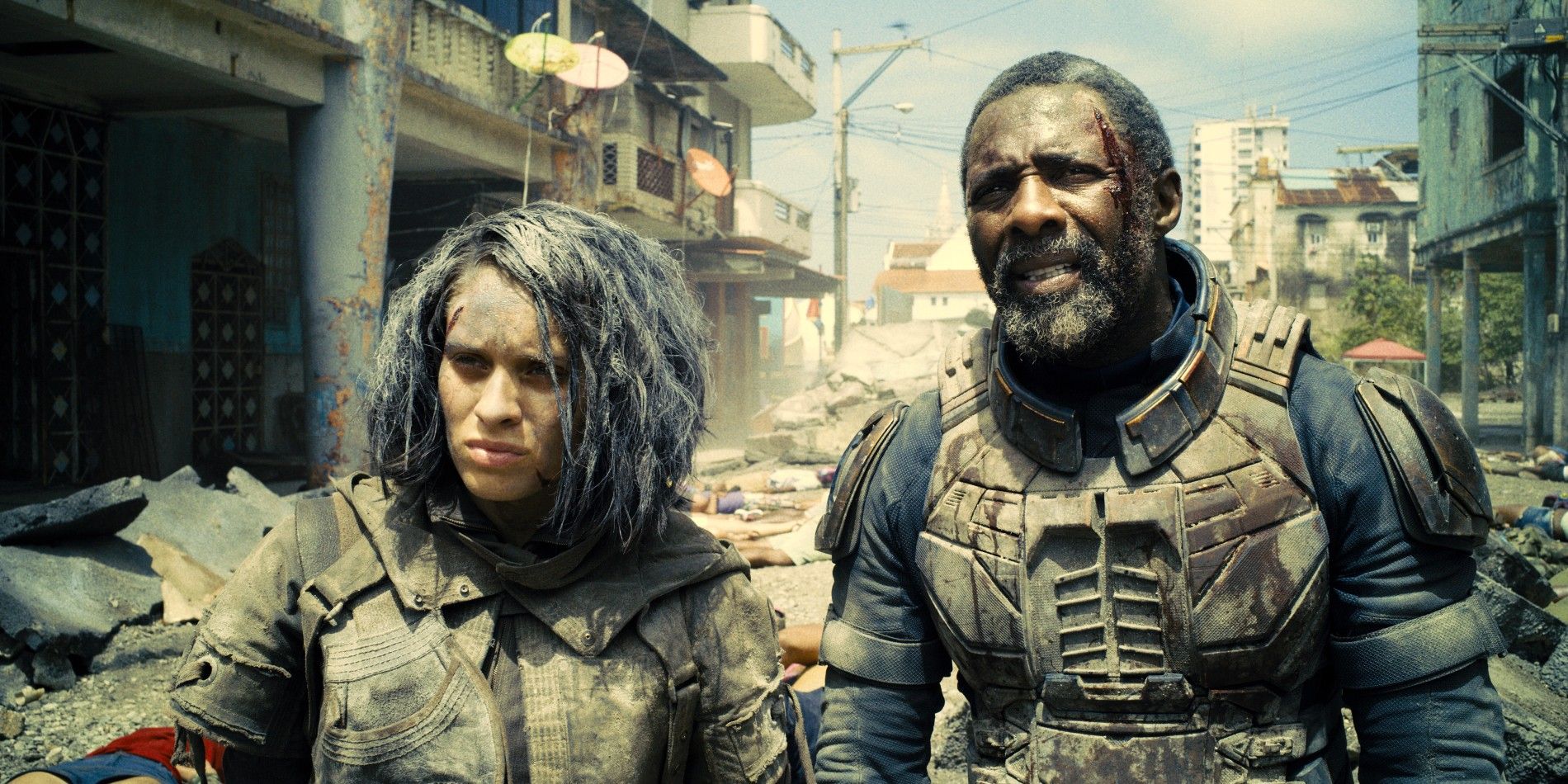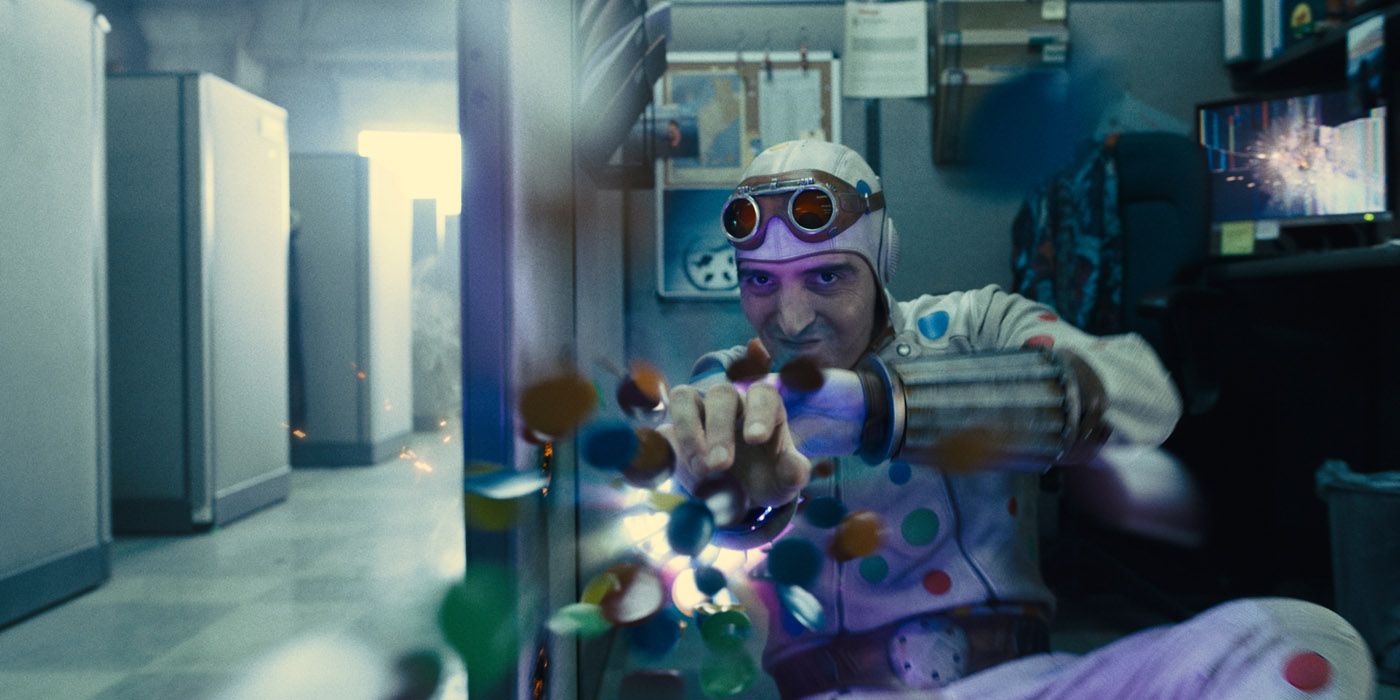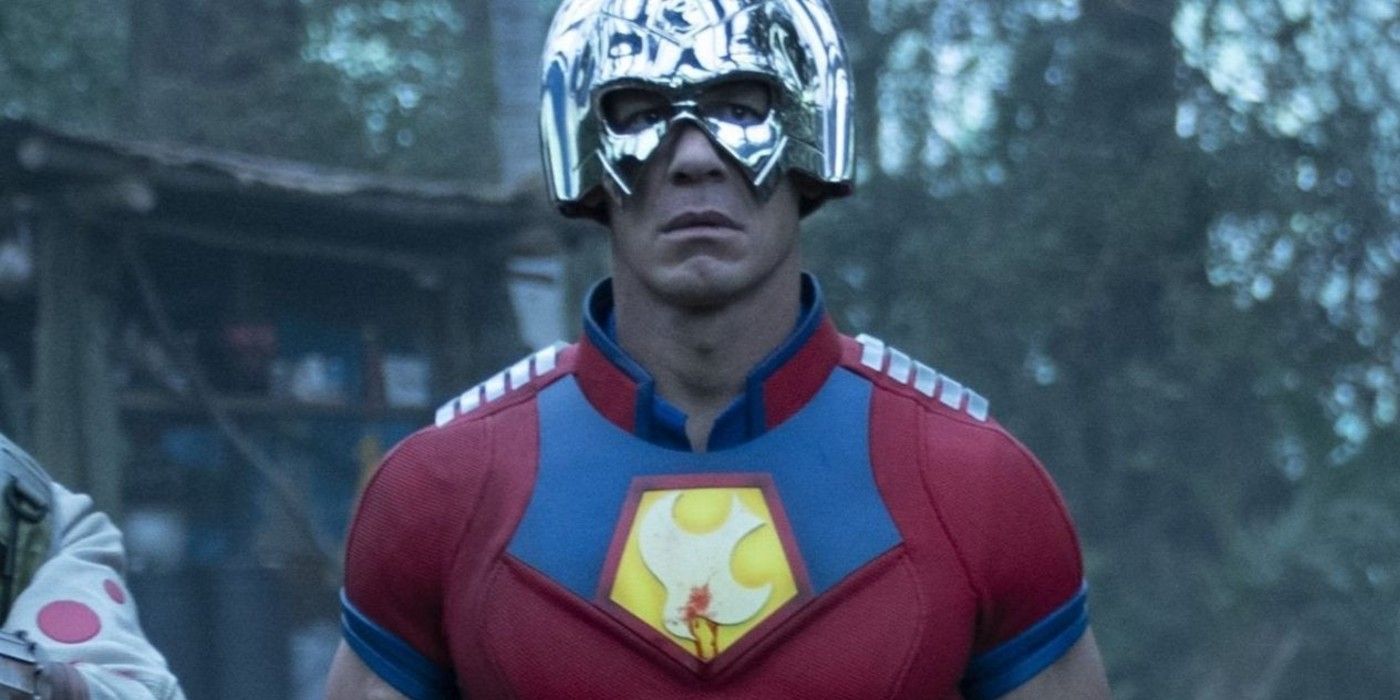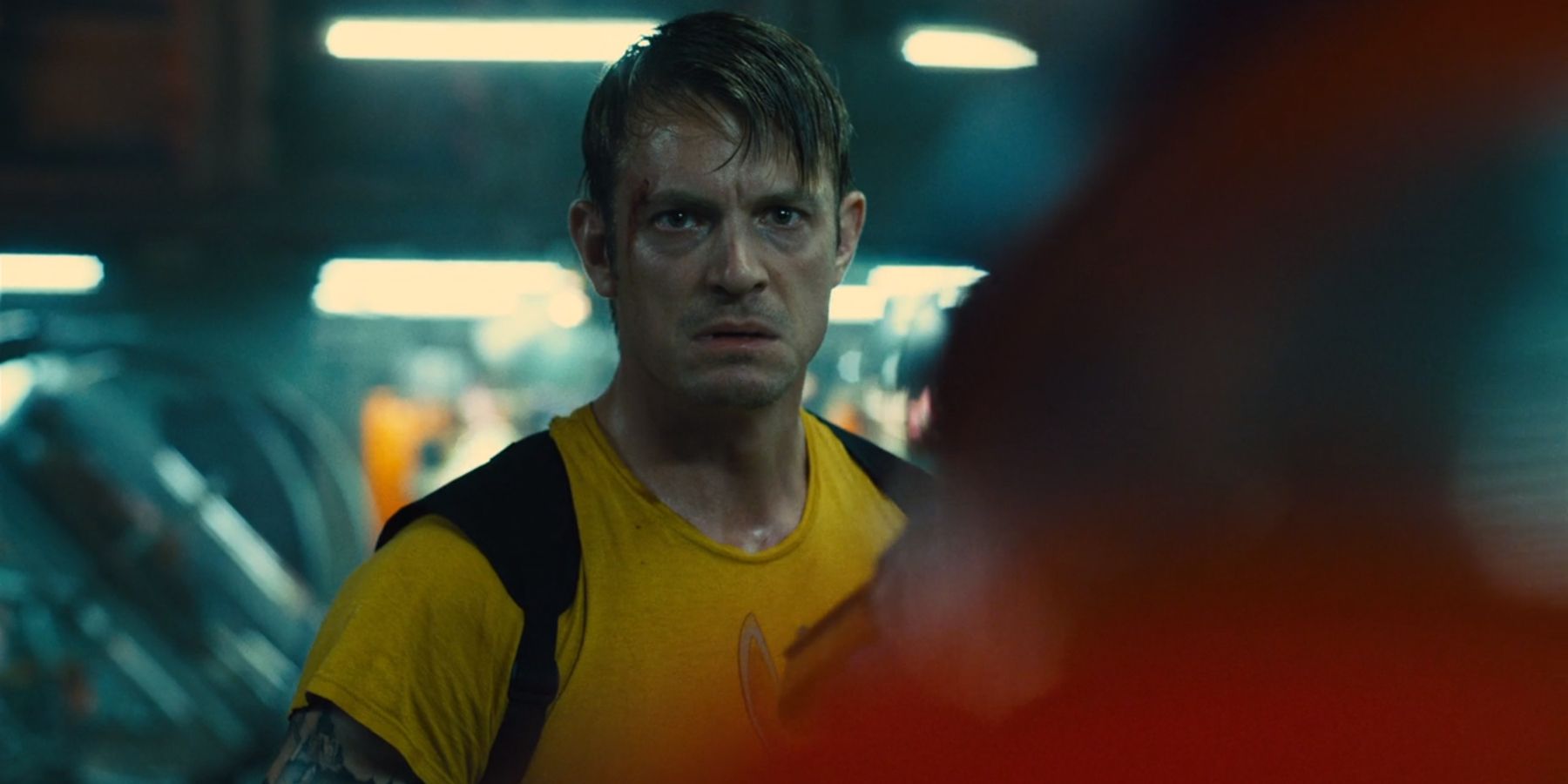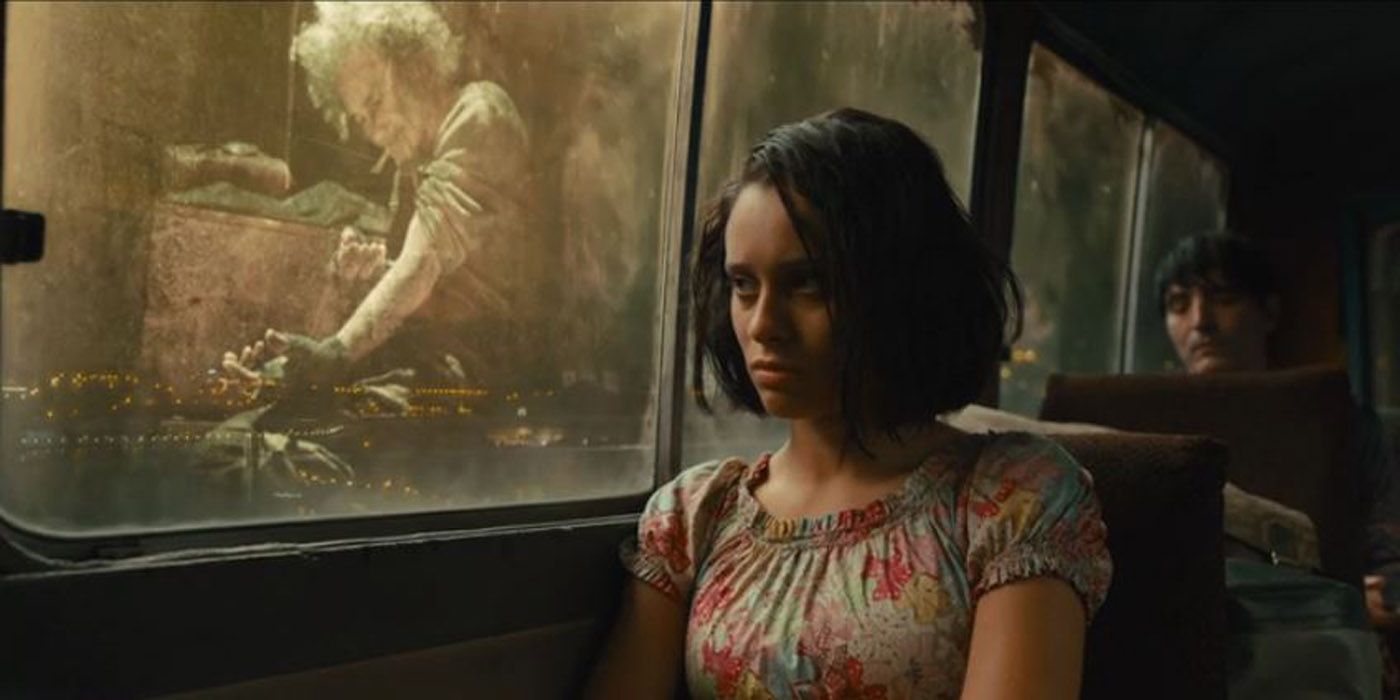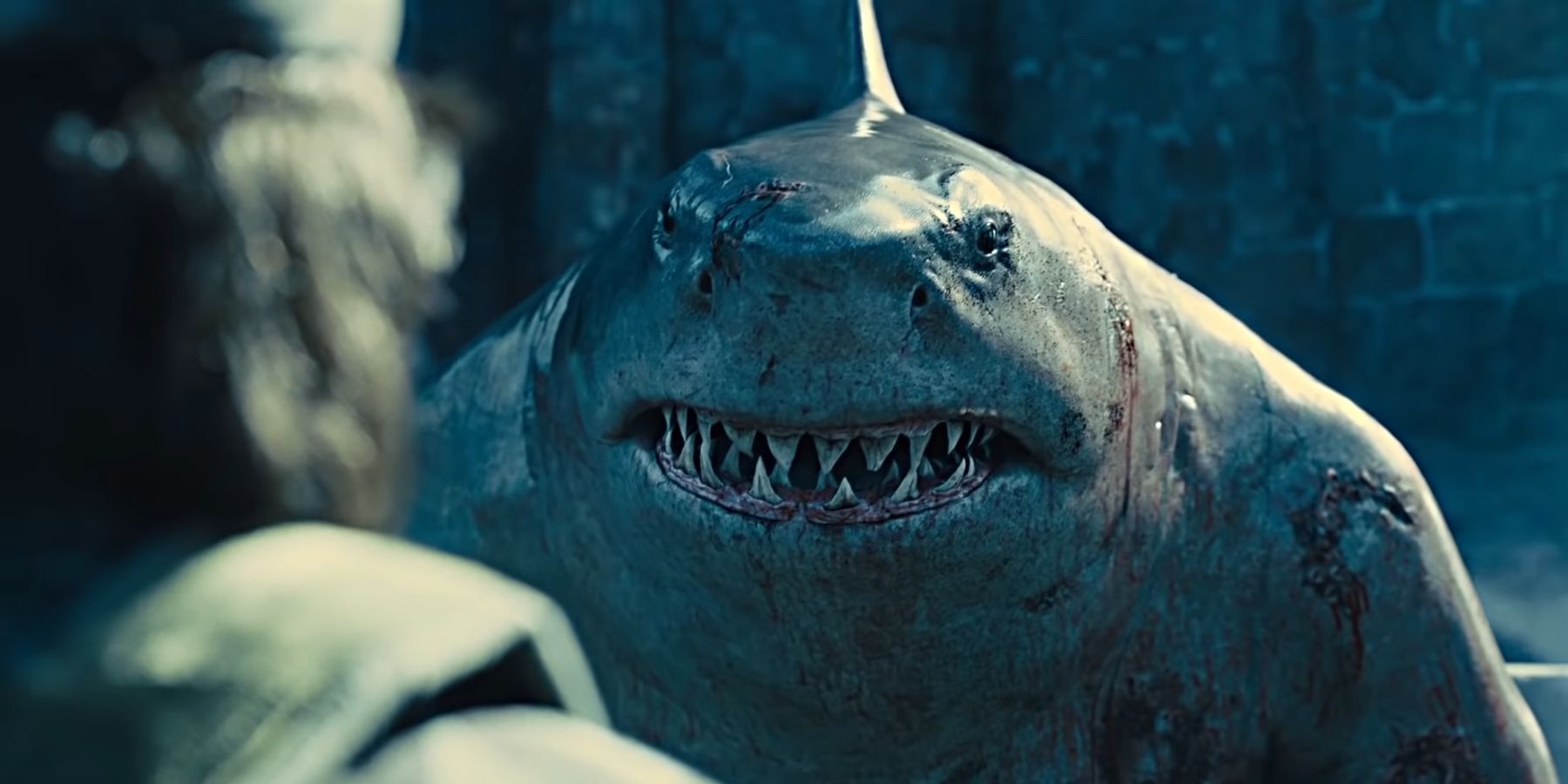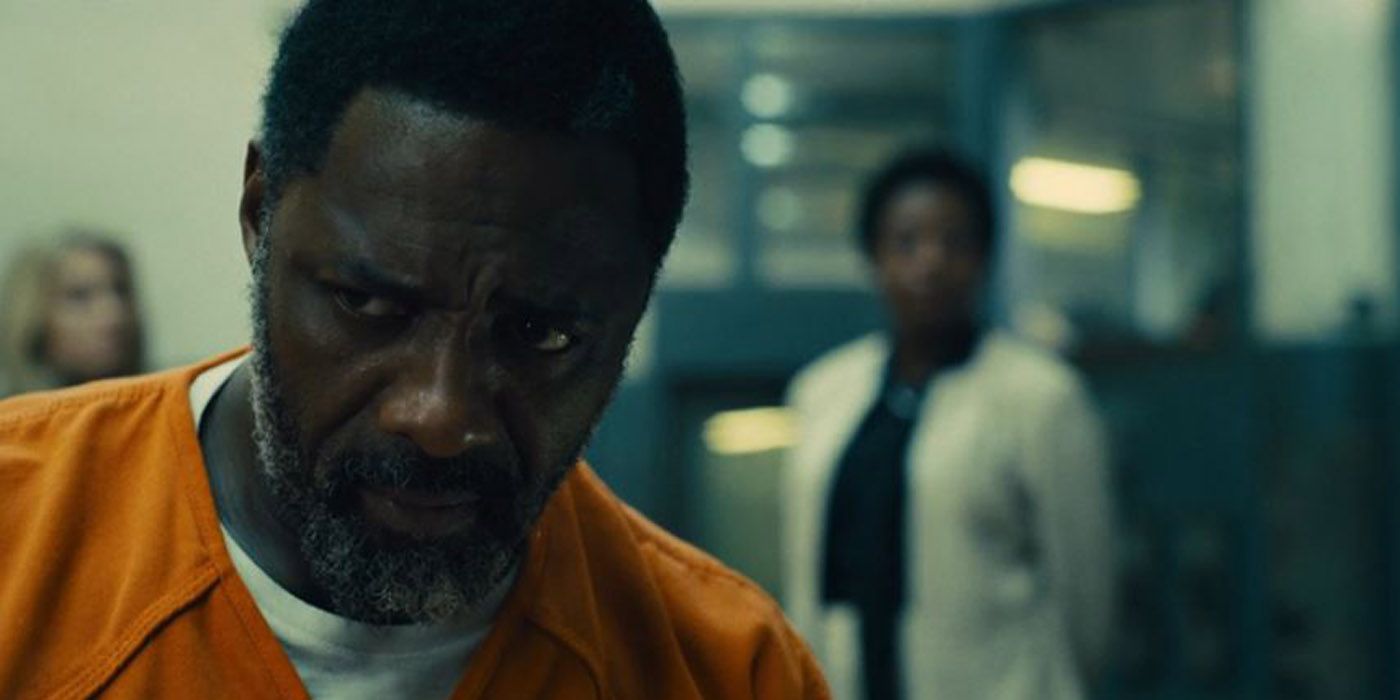Warning: This article contains major spoilers for The Suicide Squad.
The action seen in The Suicide Squad was far more violent than other DC Extended Universe movies, with James Gunn's feature also placing comedy as one of the main aspects. However, the movie had plot points for each main character, resulting in the development of their personalities.
The backdrop of infiltrating Corto Maltese and fighting Starro the Conqueror provided plenty of arcs for members of Task Force X, with everyone from Harley Quinn to Bloodsport changing as a result. With new characters introduced and returning ones having more to do, it’s worth analyzing the most significant storyline that each one went through.
Harley Quinn's Realization Of Her Self-Worth
Always among the stylish characters in the DCEU, Harley’s role went beyond having one of the best costumes in The Suicide Squad. While she retained her erratic energy, her arc this time around was to continue exploring her self-worth and how she perceived herself.
This was best shown when she killed Silvio Luna upon learning of his brutal intentions to subjugate Corto Maltese, claiming she’d had enough of abusive romances and couldn't stand that he was hurting children. Harley ultimately learned that she loved herself when surrounded by trusted friends who accepted her and that she only ever needed personal validation.
Sol Soria Leading The Resistance
Sol Soria was easily one of the best characters not part of the team in The Suicide Squad. Her role in the story was to represent the good people still in Corto Maltese, as she refused to stop fighting for the resistance and for their freedom.
Her arc continued late into the movie, as she headed to the capitol building to overthrow the government and bring democracy back. Sol Soria’s part highlighted that there was a larger picture than Task Force X’s mission and that the country had the chance of peace at last.
Bloodsport Overcoming His Fears
Bloodsport was essentially the main character of the movie, with his storylines getting the most attention. One of these focused on him letting go of both his rational and irrational fears to embrace the hero that was within. It started out with his reluctance to be on Task Force X, which was because Bloodsport was afraid of taking responsibility.
It was after he saw true fear up close with the suffering that the people of Corto Maltese were under that Bloodsport decided to overcome his own. To this end, his story of being the best he could be and wanting nothing but personal growth was a touching aspect in an otherwise violent movie. It was signified by Bloodsport also letting go of his fear of rats by the end.
Bloodsport Growing Into The Role Of The Leader
This arc was established from the get-go, with Amanda Waller claiming that Bloodsport could be a leader if he wanted to. While he started out wanting nothing to do with Task Force X, Bloodsport’s growing bond with the rest led to him genuinely caring about their lives.
As a result of understanding things, like Polka-Dot Man’s issues with his mother and King Shark’s need to have friends, Bloodsport saw that he could guide others to be more than they thought. Ultimately, this part of Bloodsport was about him learning to be unselfish and helping when he knew he could.
Polka-Dot Man's Acceptance Of His Condition
It started off looking as if Polka-Dot Man’s contribution was to be a dark comic relief, as he frequently made his death wish known. However, the story progressed to reveal that he was mainly suffering from self-hatred due to the condition his mother had left him with.
Polka-Dot Man eventually realized that he could do good by using the explosive polka-dots he released against Starro’s forces, finally allowing him to feel worth something. Although he was killed, Polka-Dot Man’s arc was completed when he fully embraced his condition and saw it as a superpower. In the end, he was happy in death feeling like a superhero.
Peacemaker's Struggle With His Conscience
This is an arc that is going to carry into the Peacemaker HBO series, with the seeds planted in The Suicide Squad. Throughout the movie, Peacemaker showed signs of relaxing his stringent views of peace around the team, such as acknowledging Ratcatcher’s pet Sebastian and mellowing down with the rest while in the club.
Of course, he still chose his lopsided views in the end as he killed Rick Flag to hide the U.S. government’s involvement in Corto Maltese, but Peacemaker was clearly remorseful about it. His story in the DCEU is to learn how to separate good from bad, and The Suicide Squad most definitely established this about him.
Rick Flag Realizing Who He Needs To Trust
Rick proved himself to be a good man and the bravest character in The Suicide Squad when he attempted to release information to the press about the U.S. government’s involvement in Corto Maltese. This was a big change from the first movie where he was completely loyal to Amanda Waller.
Rick’s arc was to slowly understand where true justice lied, as he witnessed Sol’s struggles with leading the resistance against the government. He also saw this through his friendship with Bloodsport and Harley that he should place his faith in people rather than ruthless authority figures, with his dying words to Peacemaker confirming this change of heart.
Ratcatcher 2's Validation Of Her Father's Wisdom
One of the few characters to stay the way she was from start to finish, Ratcatcher 2’s arc wasn’t about fixing personal flaws, but understanding her father’s wishes. By the end, she came to see what he had meant when he claimed that rats were important, as it meant that everyone had a purpose.
To this end, Ratcatcher 2 found peace with the fact that her father’s work wasn’t in vain, using the technology he had invented to direct all of Corto Maltese’s rats at Starro to defeat him. Ratcatcher 2’s future opened up as a result of her gaining this sense of peace, knowing that she had so much to live for now that she was among friends.
King Shark Learning To Make Friends
Although he lived up to his role as comic relief to be one of The Suicide Squad’s funniest characters, King Shark also had an overarching story. This was him learning to contain his natural carnivorous instincts by developing his emotional maturity.
After he found acceptance through Ratcatcher 2’s faith in their friendship, King Shark sought to make new friends and overcome his feelings of loneliness. Through the connection he formed with his teammates, King Shark knew where to draw the line between those who wanted to hurt him and those who loved him.
Bloodsport's Growing Paternal Instincts
Bloodsport was shown to be a poor father when he told his daughter he wanted nothing to do with her and only reluctantly joined Task Force X when Waller threatened her. This set the stage for the development of his paternal instincts, mainly through his interactions with Ratcatcher 2.
When he felt how much she loved her father even though he’d had nothing to provide her but love, Bloodsport acknowledged how good it is to care for someone unconditionally. He extended the protectiveness born out of his fatherly nature to the people of Corto Maltese, as Bloodsport grew to be selfless.

